
-
Find the right food for your pet
Take this quiz to see which food may be the best for your furry friend.
Find the right food for your pet
Take this quiz to see which food may be the best for your furry friend.
Featured products
 Adult Perfect Weight & Joint Support Chicken Recipe Dry Dog Food
Adult Perfect Weight & Joint Support Chicken Recipe Dry Dog FoodThis weight management and mobility support dog food was created with Hill’s unique understanding of the biology of overweight dogs.
Shop Now Adult 7+ Perfect Digestion Chicken, Whole Oats & Brown Rice Recipe Dog Food
Adult 7+ Perfect Digestion Chicken, Whole Oats & Brown Rice Recipe Dog FoodScience Diet's breakthrough nutrition supports ultimate digestive well-being & healthy microbiome for dogs age 7+
Shop Now Adult 7+ No Corn, Wheat, Soy Chicken & Brown Rice Dog Food
Adult 7+ No Corn, Wheat, Soy Chicken & Brown Rice Dog FoodSupports energy level and beautiful coat in mature dogs
Shop NowFeatured products
 Perfect Weight Salmon & Vegetable Canned Cat Food
Perfect Weight Salmon & Vegetable Canned Cat FoodOver 70% of cats lost weight within 10 weeks when fed this nutrition
Shop Now Adult Perfect Digestion Chicken, Barley & Whole Oats Recipe Cat Food
Adult Perfect Digestion Chicken, Barley & Whole Oats Recipe Cat FoodScience Diet's breakthrough nutrition supports ultimate digestive well-being & healthy microbiome
Shop Now Adult Savory Chicken Entrée Cat Food
Adult Savory Chicken Entrée Cat FoodPrecisely balanced nutrition with the delicious taste of savory minced chicken to help fuel the energy needs of cats during the prime of their life
Shop Now -
Dog
- Dog Tips & Articles
-
Health Category
- Weight
- Food & Environmental Sensitivities
- Urinary
- Digestive
- Joint
- Kidney
-
Life Stage
- Puppy Nutrition
- Adult Nutrition
- Senior Nutrition
Cat
- Cat Tips & Articles
-
Health Category
- Weight
- Skin & Food Sensitivities
- Urinary
- Digestive
- Kidney
-
Life Stage
- Kitten Nutrition
- Adult Nutrition
Featured articles
 Pet Food Storage Tips
Pet Food Storage TipsDiscover how and where to store your dry, as well as canned, dog and cat food. Learn how to find the "best before" dates on all Hill's pet food packaging.
Read More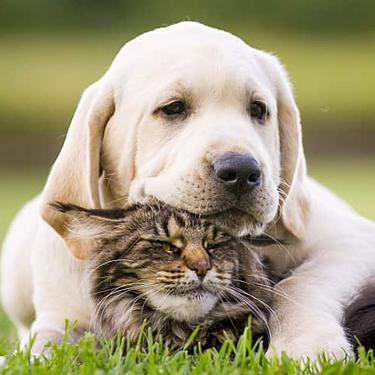 The Incredible Science Behind Your Pet's Microbiome
The Incredible Science Behind Your Pet's MicrobiomeLearn what a pet's microbiome is, how it contributes to your pet's gut & overall health, and why nutrition is important in maintaining healthy microbiomes.
Read More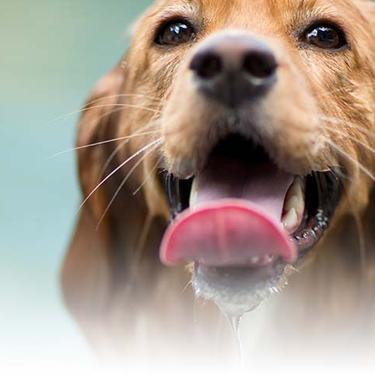 Water
WaterDiscover why water is the most important nutrient for your dog or cat to live a healthy life. Find out how much water your pet should consume each day.
Read More -
Find the right food for your pet
Find the right food for your pet


Cardiopulmonary resuscitation (commonly known as CPR) is a life-saving form of first aid. Dog CPR and cat CPR can be used to save a pet's life if a dog or cat stops breathing or their heart stops beating. When this frightening occurrence happens, it is known as cardiopulmonary arrest. If this ever happens to your dog or cat, it's critical that you know how to perform CPR. In order to be prepared for this kind of emergency, taking a cat and dog first aid online training class through the Red Cross can help.
A Step-by-Step Guide on Performing Cat and Dog CPR
While pet CPR should be performed by your veterinarian, if you find that you do need to give your cat or dog CPR, follow these steps:
1. Check for Your Pet's Heartbeat
You can check for your pet's heartbeat by placing your hand on the left side of the chest just behind the point of the elbow. You can check to see if a pet is breathing by watching their chest move up and down with each breath. If you do not feel a heartbeat or if you don't see your pet's chest moving up and down, start chest compressions immediately. Keep in mind that chest compressions vary by the size of the pet:
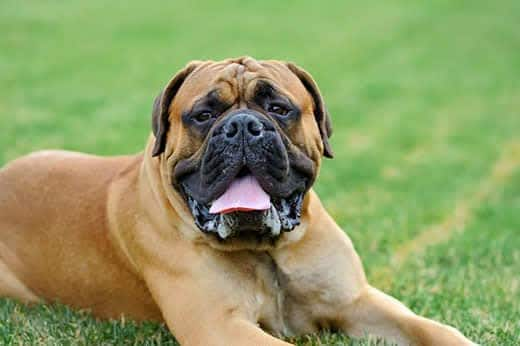
- For cats and small dogs: Place the palm of your dominant hand over the heart and place your other hand over your dominant hand. You will want to do compressions with the heel of your dominant hand covered by your other hand.
- For puppies and kittens: Place your thumb on the top side of the chest, and the other fingers on the bottom side. Then, use your fingers to compress the chest.
- For big dogs or deep-chested dogs: Place your dominant palm over the widest part of the rib cage and place your other hand over your dominant hand.
- For dogs with barrel chests: For bulldogs, rottweilers, mastiffs and Staffordshire terriers, roll the dog onto their back. Place your dominant palm over the widest part of the bottom of the chest (the sternum), and place your other hand over your dominant hand. Make sure your shoulders are right above your hands, and lock your elbows.
2. Start Chest Compressions
Do 30 chest compressions in a row. If you feel yourself becoming fatigued before you reach a count of 30, it is better to have someone else take over performing chest compressions (if possible) to ensure quality chest compressions are being provided. You will need to push hard on larger dogs in order to pump the heart, and you will need to pump fast at a recommended rate of 100 to 120 compressions per minute to circulate enough blood to support life. If you pump to the rhythm of the song "Stayin' Alive" by the Bee Gees, you're doing it right. Compress the chest to at least half of the regular width, and let the chest fully recoil before compressing again.


Tasty Tips
Young pets may need several visits in their first year for vaccinations. Adult pets generally benefit from annual check-ups, while senior or special-needs pets might require more frequent visits.
3. Give a Rescue Breath
Fully extend your pet's neck to open the airway. Then, cover your pet's nose with your mouth, close your pet's mouth with your hand and exhale into your pet's nose until you see the chest rise. Give two rescue breaths.

4. Repeat
Repeat steps one and two, and then check for a heartbeat and breathing. If your pet still isn't breathing or doesn't have a heartbeat, repeat the steps until you get to the veterinary hospital. If your pet starts breathing and you detect a heartbeat, then you've been successful in resuscitating your pet. In the event that this happens, it's important to note that your pet still isn't out of the woods. It's imperative that you have your pet evaluated as soon as possible by a vet because your pet is at risk of going into cardiopulmonary arrest again.
What If CPR Doesn't Work?
Even if you're unable to resuscitate your pet, continue to conduct cat and dog CPR and take your pet to the vet. A vet is equipped with life-saving emergency equipment like defibrillators, oxygen, injectable medications and other advanced life support systems that may still be able to save your pet. Even if your pet isn't breathing or has no detectable heartbeat when you get to the vet, you will have kept your pet's heart beating and lungs breathing with your CPR. Furthermore, any dog or cat that has suffered cardiopulmonary arrest and undergone CPR needs post-resuscitation care that can only be given by a vet. Usually, these pets will need additional testing to determine what caused cardiopulmonary arrest in the first place, and hospitalization and extensive monitoring to help them recover.
Being prepared to deliver first aid, including CPR, is an important part of preventing disaster in the life of your dog or cat. While it isn't ideal for a pet parent to perform cat or dog CPR, being prepared for this situation could mean the difference between life and death for your pet.


Dr. Sarah Wooten graduated from UC Davis School of Veterinary Medicine in 2002. A member of the American Society of Veterinary Journalists, Dr. Wooten divides her professional time between small animal practice in Greeley, Colorado, public speaking on associate issues, leadership, and client communication, and writing. She enjoys camping with her family, skiing, SCUBA, and participating in triathlons.
Related products
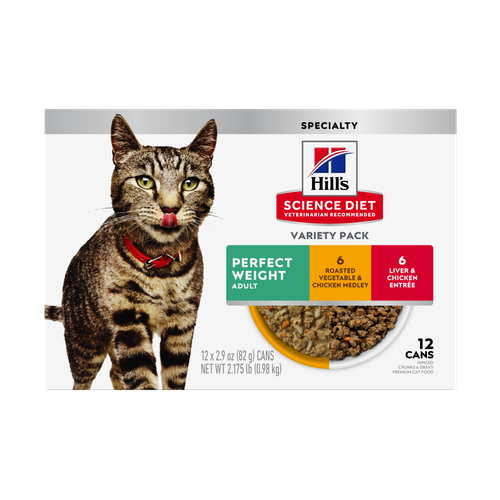
Feline Adult Perfect Weight Variety Pack

Precisely balanced nutrition with the delicious taste of savory minced chicken to help fuel the energy needs of cats during the prime of their life

Over 70% of cats lost weight within 10 weeks when fed this nutrition

Science Diet's breakthrough nutrition supports ultimate digestive well-being & healthy microbiome
Related articles
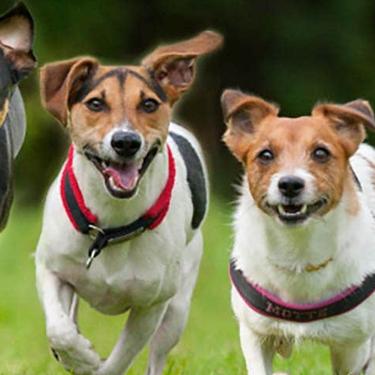
Discover how antioxidants fight against free radicals in your dog or cat's body, and why they are so important to your pet's diet.

Discover how and where to store your dry, as well as canned, dog and cat food. Learn how to find the "best before" dates on all Hill's pet food packaging.

Learn what a pet's microbiome is, how it contributes to your pet's gut & overall health, and why nutrition is important in maintaining healthy microbiomes.

Discover why water is the most important nutrient for your dog or cat to live a healthy life. Find out how much water your pet should consume each day.
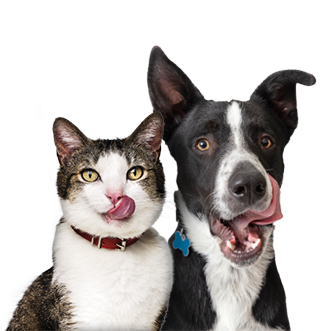
Put your pet on a diet without them knowing
Our low calorie formula helps you control your pet's weight. It's packed with high-quality protein for building lean muscles, and made with purposeful ingredients for a flavorful, nutritious meal. Clinically proven antioxidants, Vitamin C+E, help promote a healthy immune system.
Put your pet on a diet without them knowing
Our low calorie formula helps you control your pet's weight. It's packed with high-quality protein for building lean muscles, and made with purposeful ingredients for a flavorful, nutritious meal. Clinically proven antioxidants, Vitamin C+E, help promote a healthy immune system.

